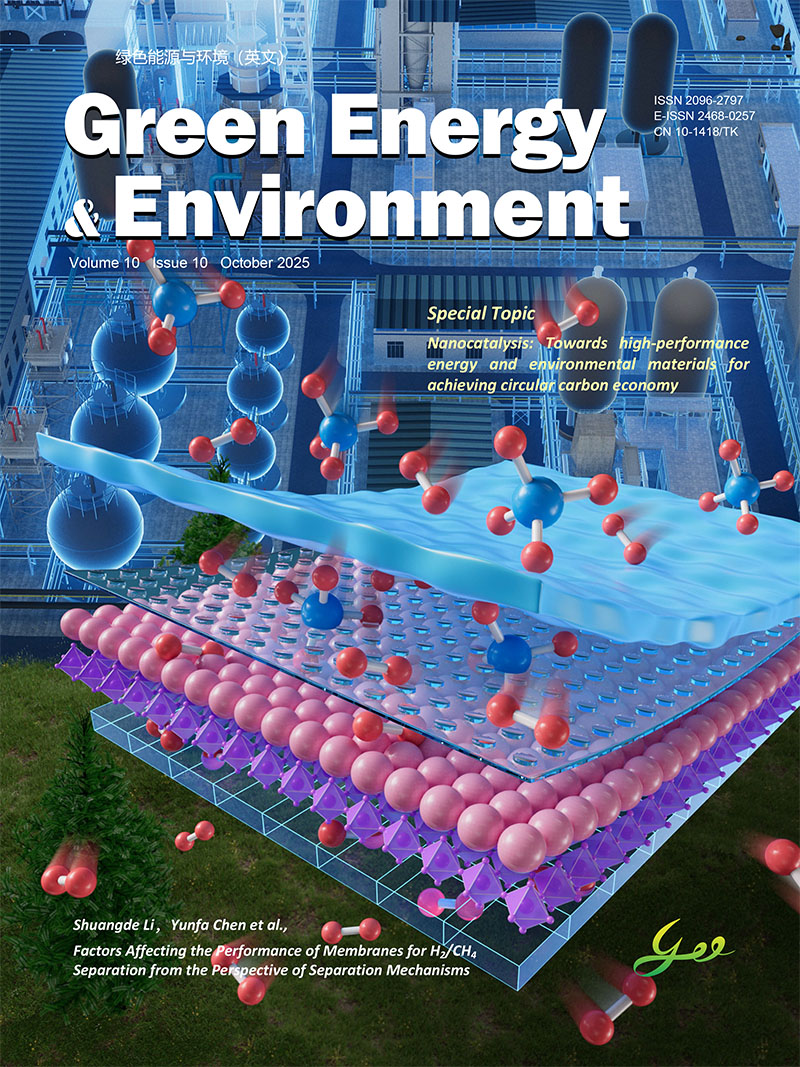2017 Vol. 2, No. 3
Display Method:
2017, 2(3)
doi: 10.1016/j.gee.2017.07.001
Abstract:
2017, 2(3): 174-185.
doi: 10.1016/j.gee.2017.05.005
Abstract:
2017, 2(3): 186-203.
doi: 10.1016/j.gee.2017.06.004
Abstract:
2017, 2(3): 204-217.
doi: 10.1016/j.gee.2017.06.003
Abstract:
2017, 2(3): 218-245.
doi: 10.1016/j.gee.2017.05.003
Abstract:
2017, 2(3): 246-277.
doi: 10.1016/j.gee.2017.06.006
Abstract:
2017, 2(3): 278-284.
doi: 10.1016/j.gee.2017.04.002
Abstract:
2017, 2(3): 285-293.
doi: 10.1016/j.gee.2017.06.001
Abstract:
2017, 2(3): 294-301.
doi: 10.1016/j.gee.2017.06.007
Abstract:
2017, 2(3): 302-309.
doi: 10.1016/j.gee.2017.06.002
Abstract:








 京公网安备 11010802039050号
京公网安备 11010802039050号